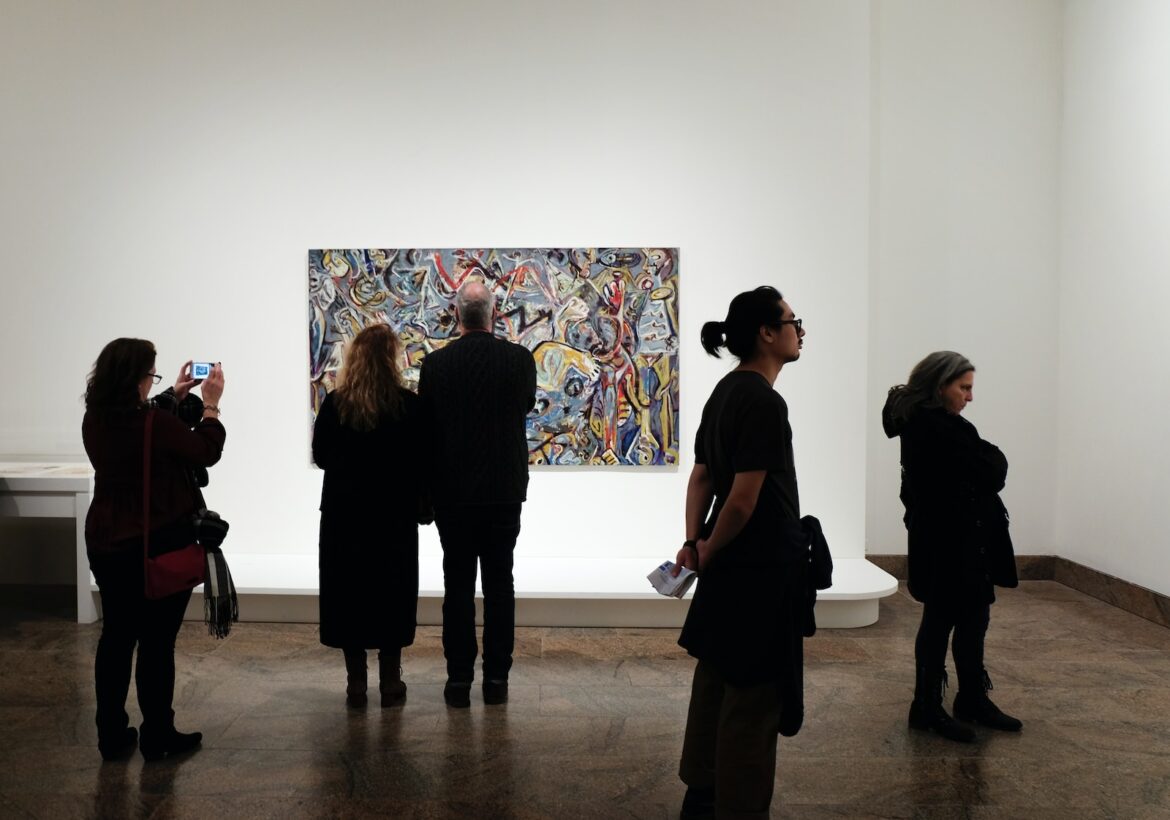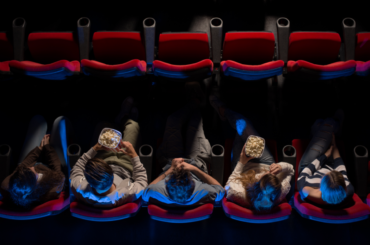An exhibition celebrating the art and activism of Keith Haring has opened at the Broad Museum in Los Angeles, showcasing the iconic artist’s enduring influence on pop culture. The show, titled “Keith Haring: Art is for Everybody,” takes visitors on a nostalgic journey back to 1980s New York City, immersing them in Haring’s vibrant and playful world. Accompanied by music from Haring’s old mixtapes, the gallery spaces set the stage for an exploration of his art and the social issues he championed.
The exhibition begins by shedding light on Haring’s early days as a clandestine artist, working underground and drawing on subway platforms using chalk. Inspired by the graffiti artists of the hip-hop scene, Haring created simple yet powerful figures like the iconic “radiant baby” and the barking dog. A video clip from CBS News in 1982 showcases Haring’s audacious approach, where he explains that his art is meant to be accessible to everyone, devoid of hidden meanings or complexities.
Above ground, Haring’s art gained immense popularity, adorning street murals, t-shirts, buttons, and merchandise sold at his renowned Pop Shop in SoHo. The Broad Museum recreates the atmosphere of Haring’s first major gallery show, with day-glo pink and orange stripes adorning the gallery walls, reminiscent of Haring’s distinct style.
The exhibition spans nine gallery rooms and showcases various aspects of Haring’s work, including collaborations with other artists. One notable piece is a miniature Statue of Liberty adorned with graffiti by Angel Ortiz. Haring’s own hieroglyphics also embellish pottery, showcasing his ability to create a unique visual language and symbol system. Fellow artist Kenny Scharf, a prominent figure of the 1980s art scene, praises Haring’s art for leaving room for individual interpretation.
Haring and Scharf were close friends and active participants in the vibrant downtown New York nightlife of that era. They frequented clubs like Club 57, alongside notable personalities such as Madonna, Andy Warhol, and Fab 5 Freddy. Ann Magnuson, a performer who ran Club 57, describes Haring as someone who seamlessly combined elements of Dadaism with a playful and intellectual approach to art.
While the downtown scene exuded creativity and fun, it was also marred by the devastating impact of the AIDS epidemic. Haring, deeply affected by the loss of friends, incorporated his activism into his art. He painted murals for gay men’s health centers, created posters for the activist group ACT UP, and used his art to raise awareness about HIV and AIDS. Scharf commends Haring for his bravery in openly discussing his own diagnosis at a time when there was widespread fear and discrimination surrounding AIDS.
Tragically, Haring’s life was cut short in 1990 due to complications from AIDS when he was only 31 years old. The exhibition emphasizes his activist art, which extended beyond the realm of AIDS. Haring tackled issues such as President Ronald Reagan’s policies, capitalism, nuclear weapons, and apartheid in South Africa.
Gil Vazquez, the head of The Keith Haring Foundation, emphasizes the continued relevance of Haring’s work, particularly in addressing topics like LGBTQ+ rights, racial disparities, and police brutality. The exhibition serves as a powerful reminder of Haring’s enduring impact and the issues he fearlessly confronted through his art.
Coincidentally, the exhibition is located across the street from another showcase of work by the late artist Jean-Michel Basquiat, further highlighting the influential role these two groundbreaking New York artists played in shaping 1980s pop culture. Despite their untimely deaths, Haring and Basquiat continue to captivate audiences and leave a lasting artistic legacy.

